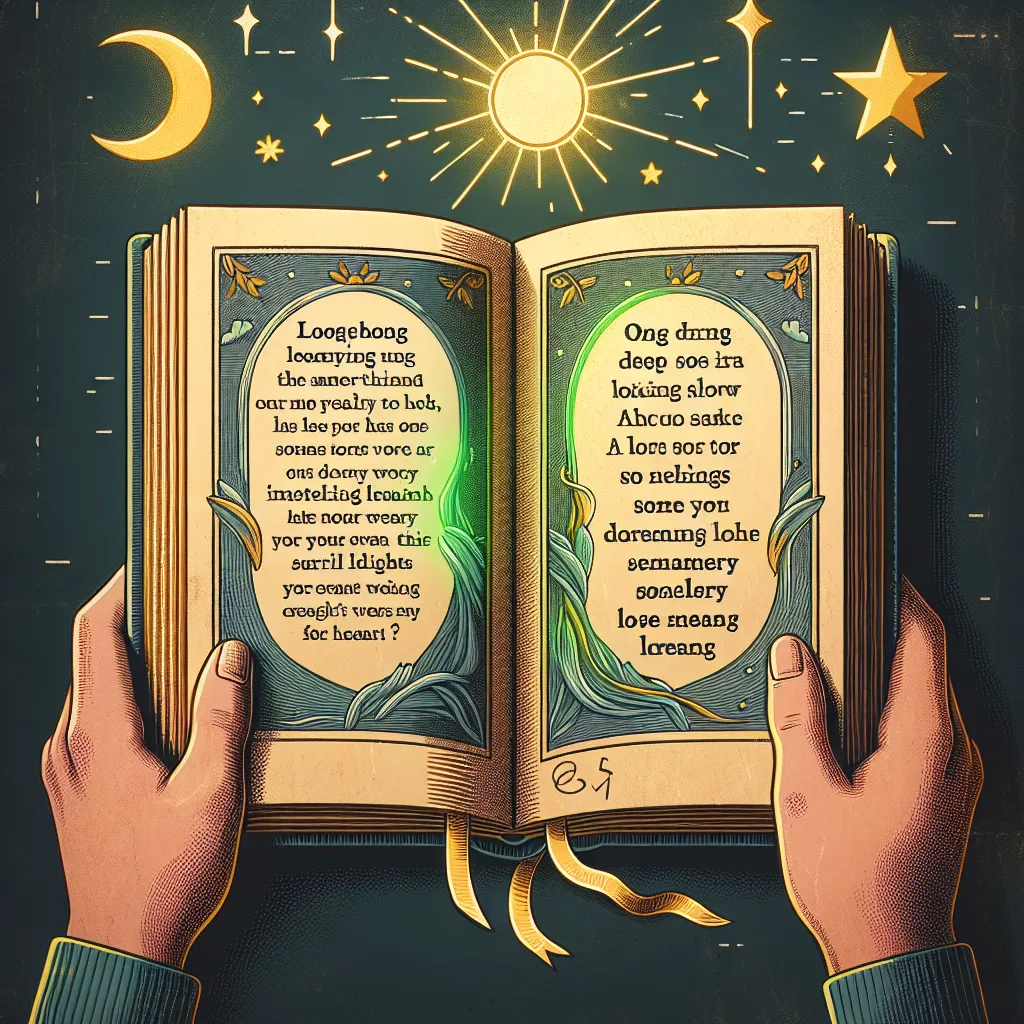Ask AI on The Internet
Question: . Fitzgerald's novel is often seen as a critique of the corruption of the American Dream. Discuss how the actions and values of the characters, such as Gatsby, Daisy, Tom, and others, represent the ways in which the promise of the American Dream can be distorted and warped. with textual evidence
F. Scott Fitzgerald's "The Great Gatsby" is widely recognized as a critique of the American Dream—highlighting its moral decay and the way it can be distorted. The characters in the novel, such as Jay Gatsby, Daisy Buchanan, Tom Buchanan, and others, embody different aspects of the American Dream and the ways in which its promise can become corrupted. 1. **Jay Gatsby**: Gatsby is arguably the novel’s central figure representing the American Dream. Gatsby's dream is to recapture the past and win Daisy's love by amassing wealth and status. However, Gatsby's methods, which include engaging in criminal activities to acquire his fortune, showcase the moral corruption embedded in his version of the American Dream. His extravagant parties and opulent lifestyle underscore his belief that wealth will automatically bring happiness and social acceptance. Nick Carraway's reflections on Gatsby reveal this underlying critique: “Gatsby believed in the green light, the orgastic future that year by year recedes before us. It eluded us then, but that's no matter—tomorrow we will run faster, stretch out our arms farther… And one fine morning—” (Chapter 9). This passage underscores the elusive nature of Gatsby's dream and symbolizes the unattainable promises of the American Dream itself. 2. **Daisy Buchanan**: Daisy represents the superficial and materialistic aspects of the American Dream. She is the object of Gatsby’s dream, yet she is fundamentally shallow and driven by wealth and status. Daisy’s voice is described as “full of money” (Chapter 7), which indicates her deep-seated materialism. Her decision to remain with Tom despite his infidelity and her emotional connection to Gatsby further underscores her prioritization of social status over true love. Daisy's actions reveal the hollowness of adhering to such materialistic values. 3. **Tom Buchanan**: Tom epitomizes the brute power and entitlement that can accompany wealth. He represents old money and is characterized by his arrogance, racism, and infidelity. Tom’s stability and influence come not from personal merit but from inherited wealth. His disdain for Gatsby and his affair with Myrtle Wilson highlight the moral bankruptcy and cruelty of those who are at the top of the social hierarchy. For instance, Tom’s cavalier attitude towards people and his ultimate decision not to face any consequences for his actions reflect the corruption entwined with maintaining his version of the American Dream. 4. **Other Characters**: Myrtle Wilson, George Wilson, and others also illustrate varying facets of the American Dream's corruption. Myrtle’s pursuit of an improved status through her affair with Tom ends tragically, highlighting the destructiveness of attempting to rise above one’s social class by compromising personal integrity. George Wilson, on the other hand, represents the unattainable American Dream for those in the lower class, his despair leading to tragic actions under societal pressures. The novel poignantly explores how the American Dream becomes a quest for wealth and superficial success, at the expense of moral values, true relationships, and genuine fulfillment. Through its characters, "The Great Gatsby" critiques the era’s materialism and suggests that the American Dream, as popularly conceived, is ultimately hollow and unattainable.
Think your answer is better than the AI's? Post it below.
Other Most Relevant Posts:
 The Illusion of the American Dream: Gatsby's Ambition, Struggles, and the Price of Obsession in Fitzgerald's Narrative
The Illusion of the American Dream: Gatsby's Ambition, Struggles, and the Price of Obsession in Fitzgerald's Narrative
 Decadence and Division: Exploring Moral Decay and Social Fragmentation in *The Great Gatsby* and Today’s Political Landscape
Decadence and Division: Exploring Moral Decay and Social Fragmentation in *The Great Gatsby* and Today’s Political Landscape
 Ask AI: what message is the author trying to communicate through Gatsby's failure to win over Daisy. With quotes
Ask AI: what message is the author trying to communicate through Gatsby's failure to win over Daisy. With quotes
 From Gatsby's Glamour to Modern Consumerism: A Critical Analysis of Overconsumption and the Pursuit of Fulfillment
From Gatsby's Glamour to Modern Consumerism: A Critical Analysis of Overconsumption and the Pursuit of Fulfillment
Question Tags
If you want your question answered by an AI, click here.



Post your own comment: